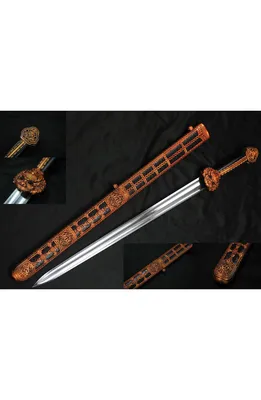Home
the Pitfalls of Piety for Married Women: Two Precious Scrolls Ming Dynasty
Loading Inventory...
Barnes and Noble
the Pitfalls of Piety for Married Women: Two Precious Scrolls Ming Dynasty
Current price: $57.95


Barnes and Noble
the Pitfalls of Piety for Married Women: Two Precious Scrolls Ming Dynasty
Current price: $57.95
Loading Inventory...
Size: Hardcover
*Product Information may vary - to confirm product availability, pricing, and additional information please contact Barnes and Noble
The Pitfalls of Piety for Married Women
shows how problematic the practice of Buddhist piety could be in late imperial China.
Two thematically related "precious scrolls" (baojuan) from the Ming dynasty,
The Precious Scroll of the Red Gauze
and
The Precious Scroll of the Handkerchief
, illustrate the difficulties faced by women whose religious devotion conflicted with the demands of marriage and motherhood.
These two previously untranslated texts tell the stories of married women whose piety causes them to be separated from their husbands and children. While these women labor far away, their children are cruelly abused by murderous stepmothers. Following many adventures, the families are reunited by divine intervention and the evil stepmothers get their just deserts. While the texts in
praise Buddhist piety, they also reveal many problems concerning married women and mothers.
Wilt L. Idema's translations are preceded by an introduction that places these scrolls in the context of Ming dynasty performative literature, vernacular literature, and popular religion. Set in a milieu of rich merchants, the texts provide a unique window to family life of the time, enriching our understanding of gender during the Ming dynasty. These popular baojuan offer rare insights into lay religion and family dynamics of the Ming dynasty, and their original theme and form enrich our understanding of the various methods of storytelling that were practiced at the time.
shows how problematic the practice of Buddhist piety could be in late imperial China.
Two thematically related "precious scrolls" (baojuan) from the Ming dynasty,
The Precious Scroll of the Red Gauze
and
The Precious Scroll of the Handkerchief
, illustrate the difficulties faced by women whose religious devotion conflicted with the demands of marriage and motherhood.
These two previously untranslated texts tell the stories of married women whose piety causes them to be separated from their husbands and children. While these women labor far away, their children are cruelly abused by murderous stepmothers. Following many adventures, the families are reunited by divine intervention and the evil stepmothers get their just deserts. While the texts in
praise Buddhist piety, they also reveal many problems concerning married women and mothers.
Wilt L. Idema's translations are preceded by an introduction that places these scrolls in the context of Ming dynasty performative literature, vernacular literature, and popular religion. Set in a milieu of rich merchants, the texts provide a unique window to family life of the time, enriching our understanding of gender during the Ming dynasty. These popular baojuan offer rare insights into lay religion and family dynamics of the Ming dynasty, and their original theme and form enrich our understanding of the various methods of storytelling that were practiced at the time.


















